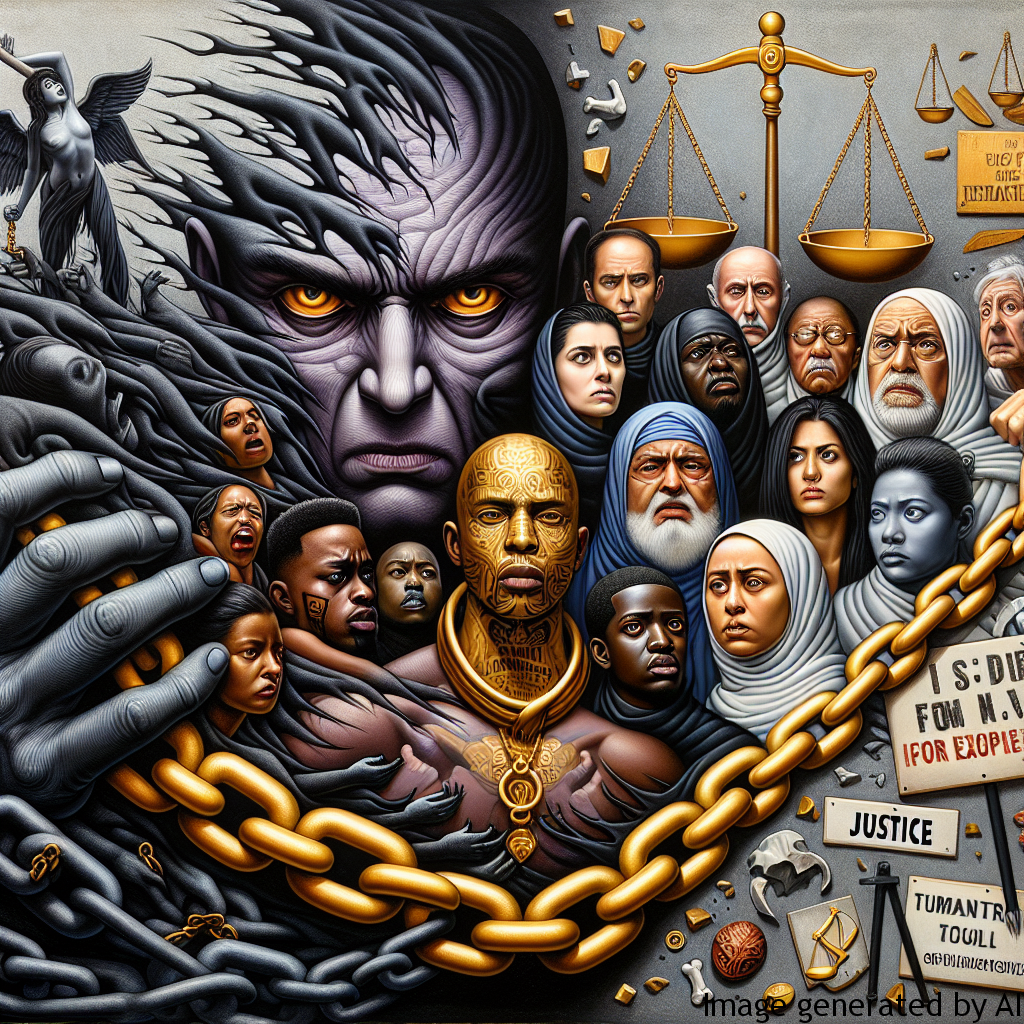Introduction
Human trafficking is an unspeakable violation of human rights, affecting millions of people around the globe. It is a complex issue interwoven with prostitution and widening gender inequalities. The repercussions not only affect the survivors physically but also leave deep psychological scars. This article endeavors to shed light on the intersection between prostitution, exploitation, and the consequent human trafficking, as well as enumerating the not-so-obvious psychological impacts on men, and suggests ways to mitigate such potential harms.
Gender Expectations and Their Impact on Men’s Mental Health
When it comes to trafficking and exploitation, popular discourses generally depict women and girls as the victims and men as the perpetrators. This limited perspective can undermine the understanding of the broader scope of human trafficking, where men can also fall prey.
The ‘Macho’ Stereotype and Its Repercussions
Traditional gender norms often associate masculinity with power, control, and emotional suppression. The expectation for men to always be in control can lead to a high level of stress and anxiety. In the context of prostitution and human trafficking, this stereotype can further perpetuate the guilt and embarrassment men face, discouraging them from seeking help or expressing their emotions.
The Mask of the Invisible Victim
Through gender conditioning, society often perceives men as invincible. This stereotype of the ‘invisible victim’ can cause severe psychological implications, including confusion, guilt, and self-blame amongst male victims of human trafficking. They may struggle with self-identification as victims, due to societal norms that associate victimhood with weakness and femininity.
Examples of How Gender Roles Can Influence Men’s Lives
Gender roles can significantly influence an individual’s behavior, thoughts, and emotions. Men involved or victimized in prostitution and human trafficking can illustrate how drastically these gender norms affect lives.
Image of the Perpetrator
A prevailing stereotype is the portrayal of men as clients of the prostitution industry or as traffickers. This generalization tends to overshadow the experiences of men who are victims, steering the focus away from male exploitation and creating a wall of silence.
The Demand and Supply Dynamic
Men, under the influence of preconceived gender norms that associate masculinity with domination and sexual prowess, could unknowingly feed the demand for human trafficking. Simultaneously, poverty, unemployment, or misinformation may drive some men into a life of coerced prostitution, thereby entering the cycle of supply.
Advice on Enhancing Mental Health Considering Gender Roles
Societal awakening and dismantling systemic gender bias are essential steps in aiding the victims of human trafficking and prostitution. Simultaneously, coping strategies need to factor in gender roles that often skew the perception of men.
Encourage Help-Seeking Behavior
Stultz (2016) argues that there is a significant correlation between masculine norms and negative attitudes towards seeking help. Encouraging empathy, expressing emotions, and promoting help-seeking behavior are instrumental changes needed.
Advocate for Inclusive Support Networks
Support networks should cater to men as victims too. Raising awareness, creating inclusive safe spaces, and delivering psychological assistance should acknowledge underlying gender roles that might hinder men’s access to these services.
Conclusion
Fighting against human trafficking and sexual exploitation is not a gender-specific responsibility. It requires all-inclusive initiatives that shed light on the involvement and impact on all genders. Ultimately, it is essential to acknowledge the influence of gender roles on individuals’ mental health and their propensity to fall victim to or perpetrate inhuman acts. Only then can we truly step forward towards eliminating human trafficking and exploitation.

